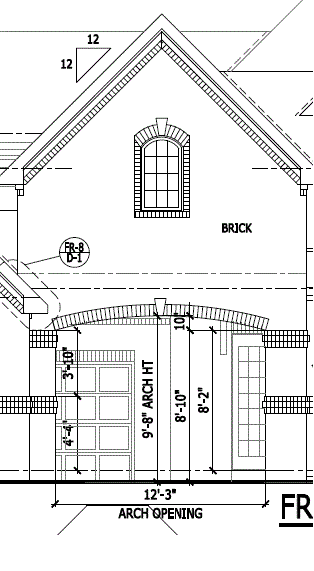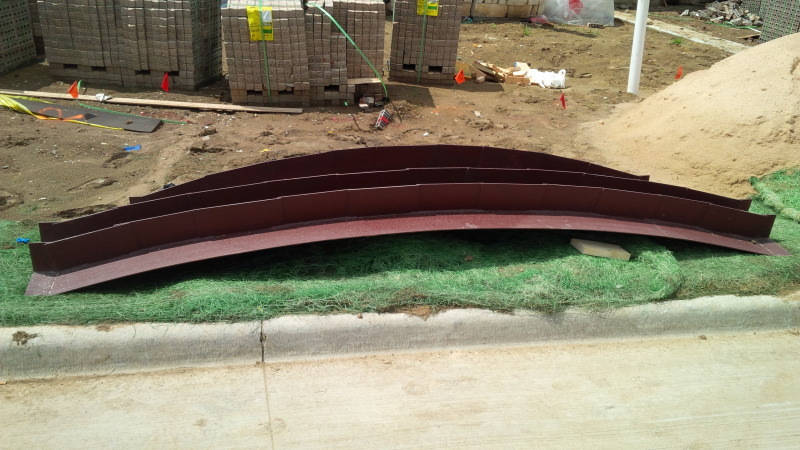gjanardh
Computer
- May 21, 2016
- 3
We have a arched opening of 12' 3" with a single story above (see link below for front elevation). I am trying to understand the lintel size needed. Could you please help me interpret this code for lintel size and span table available at
The last line in the table says we need 2 Nos of 6 x 3 x 5/16 lintels. Is my understanding correct?

Lintel Ordered -

Thanks for your inputs.
The last line in the table says we need 2 Nos of 6 x 3 x 5/16 lintels. Is my understanding correct?

Lintel Ordered -

Thanks for your inputs.
